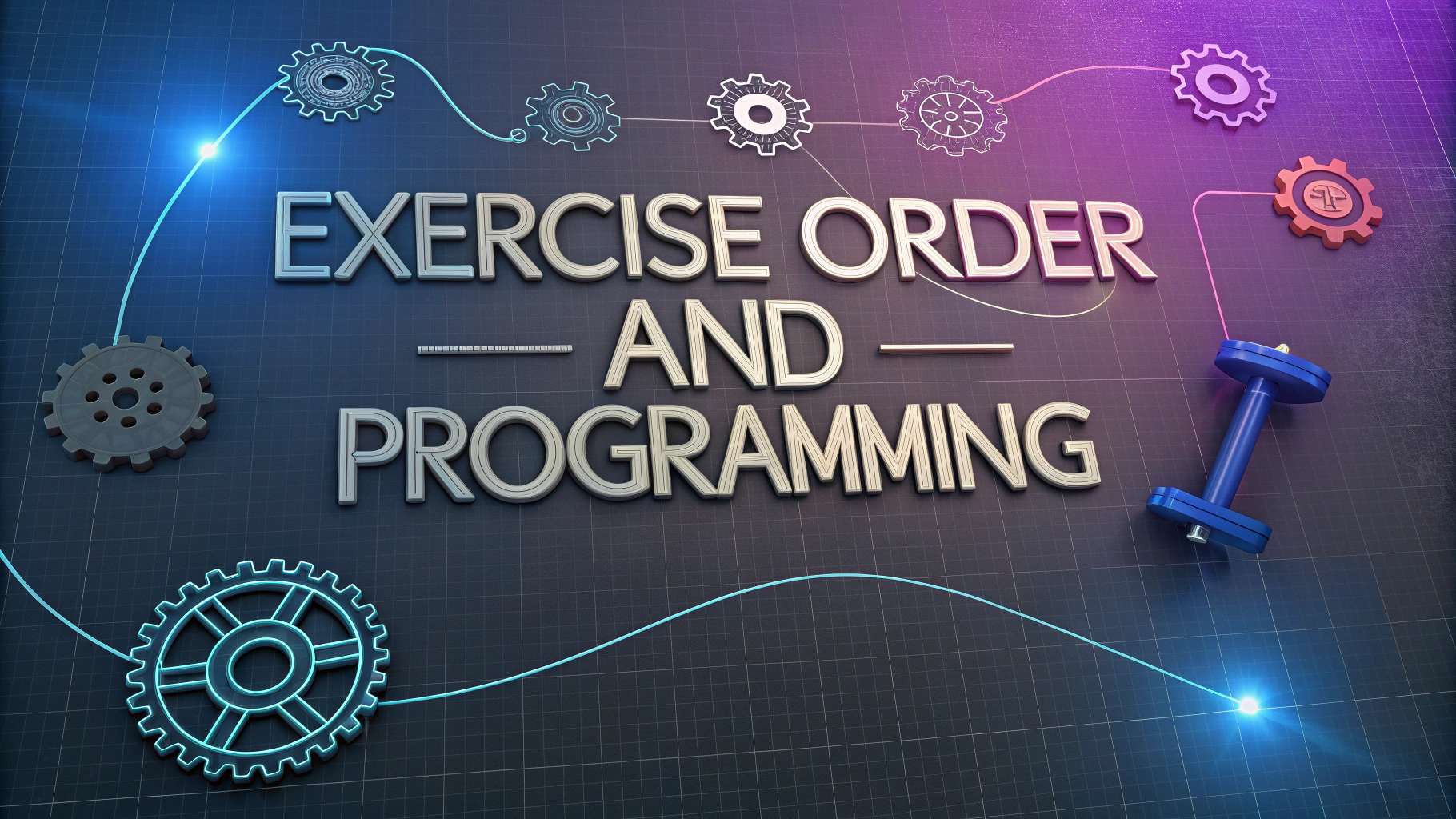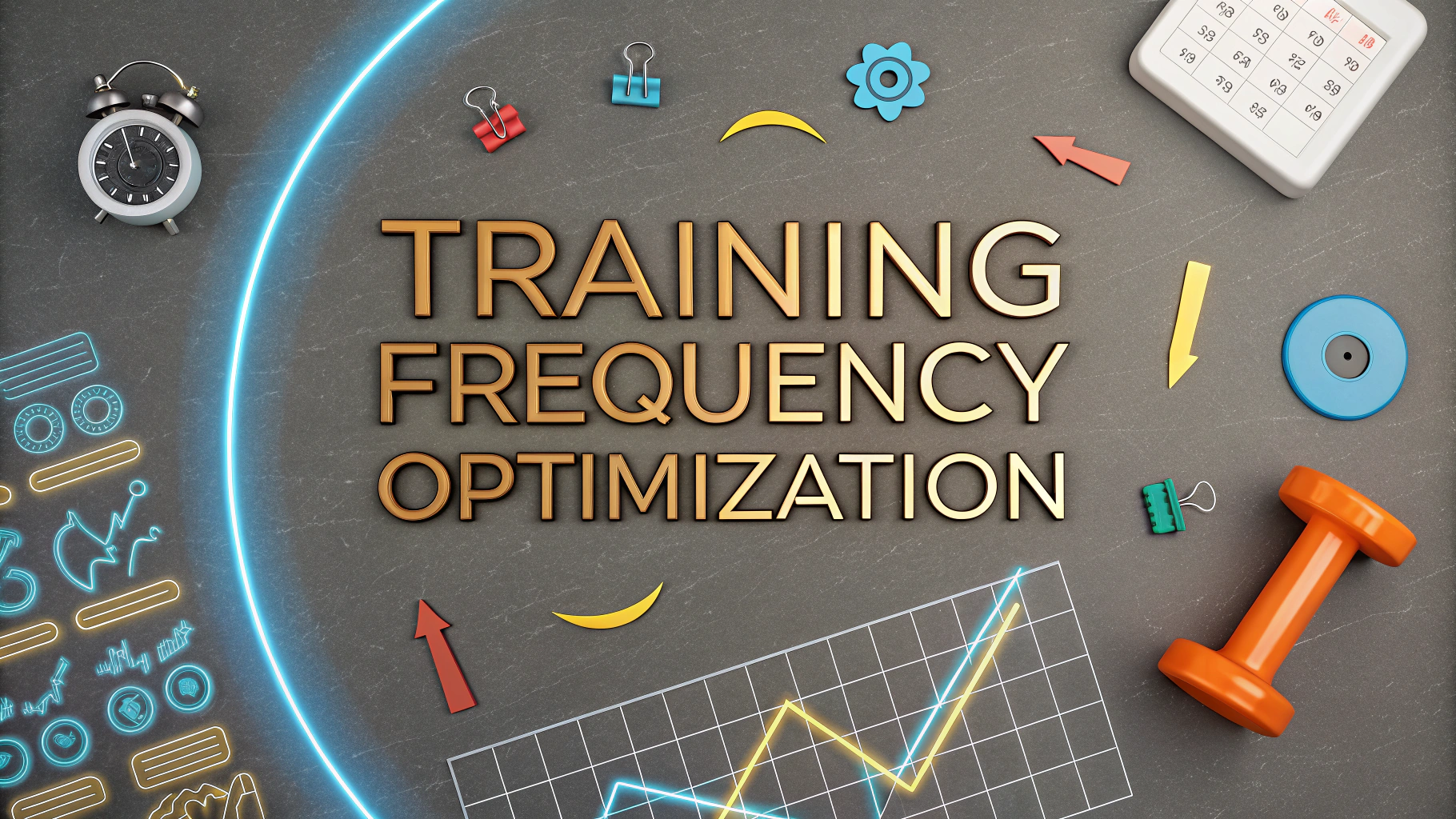A well-structured injury prevention and management plan helps athletes and fitness enthusiasts maintain long-term health while reaching their performance goals.
Prevention Strategies
Proper warm-up routines increase blood flow and prepare muscles for activity.
- Start with 5-10 minutes of light cardio
- Include dynamic stretches targeting major muscle groups
- Perform movement-specific exercises
Equipment and Form
Using appropriate equipment and maintaining correct form significantly reduces injury risk.
- Wear properly fitted shoes specific to your activity
- Replace worn equipment regularly
- Work with qualified trainers to learn proper technique
Common Injuries and Management
| Injury Type | First Aid | Recovery Time |
|---|---|---|
| Muscle Strain | RICE (Rest, Ice, Compression, Elevation) | 2-6 weeks |
| Sprain | RICE, immobilization | 4-12 weeks |
| Tendinitis | Rest, anti-inflammatory measures | 2-8 weeks |
Recovery Nutrition
Proper nutrition supports faster healing and tissue repair.
- Protein: 1.6-2.2g per kg of body weight
- Vitamin C: supports collagen production
- Omega-3: helps reduce inflammation
When to Seek Medical Help
Contact a healthcare provider immediately if you experience:
- Severe pain or swelling
- Inability to bear weight
- Visible deformity
- Numbness or tingling
Prevention Tools
Consider these evidence-based tools for injury prevention:
- Recovery Tools: foam rollers, massage balls
- Support Gear: kinesiology tape, compression sleeves
- Monitoring Devices: heart rate monitors, fitness trackers
For professional injury assessment, contact the American Physical Therapy Association: 800-999-2782 or visit www.apta.org.
Training Modifications
- Cross-train to prevent overuse injuries
- Follow the 10% rule when increasing training intensity
- Schedule regular rest days
- Listen to your body’s signals
Keep a training log to track patterns that might lead to injuries.
Training Progression
Safe and effective training progression requires careful planning and monitoring to minimize injury risk while maximizing performance gains.
Weekly Planning
- Alternate high and low-intensity days
- Include deload weeks every 4-6 weeks
- Monitor sleep quality and recovery markers
Environmental Considerations
Training environment impacts injury risk and prevention strategies.
- Adjust intensity during extreme weather conditions
- Ensure proper training surface conditions
- Maintain adequate hydration based on climate
Long-term Maintenance
Developing sustainable habits ensures continued injury prevention success.
- Schedule regular movement assessments
- Update training plans quarterly
- Maintain strength training fundamentals
Conclusion
Effective injury prevention requires a comprehensive approach combining proper training techniques, adequate recovery, and ongoing monitoring. Success depends on consistency and attention to individual needs, while regular assessment and adjustment of prevention strategies ensure long-term athletic health and performance.
Remember to document your injury prevention practices and regularly review their effectiveness. When in doubt, consult with qualified healthcare professionals to develop or modify your prevention strategy.
FAQs
- What are the most common exercise-related injuries that people experience?
Sprains and strains, knee injuries, shoulder impingement, lower back pain, tennis elbow, shin splints, plantar fasciitis, rotator cuff injuries, muscle pulls, and stress fractures. - How important is warming up before exercise, and what’s the proper way to do it?
Warming up is crucial for injury prevention. Perform 5-10 minutes of light cardio followed by dynamic stretches specific to your workout. Static stretching should be saved for post-workout. - What’s the RICE method, and when should it be used?
RICE stands for Rest, Ice, Compression, and Elevation. It should be used immediately after acute injuries like sprains or strains to reduce swelling and pain within the first 48-72 hours. - How can proper nutrition help prevent injuries?
Adequate protein intake supports muscle repair, calcium and vitamin D strengthen bones, and proper hydration maintains joint lubrication. Anti-inflammatory foods like omega-3 rich fish and leafy greens also help with recovery. - What are the signs that you should stop exercising immediately?
Sharp or sudden pain, chest pain, difficulty breathing, dizziness, irregular heartbeat, extreme fatigue, joint instability, or hearing a pop or crack during movement. - How long should you rest after an injury before returning to exercise?
Recovery time varies by injury severity: minor strains may need 1-2 weeks, while serious injuries can require 6-8 weeks or more. Always consult a healthcare provider for personalized guidance. - What role does proper form play in injury prevention?
Proper form ensures even distribution of stress across muscles and joints, reduces unnecessary strain, and maximizes exercise effectiveness. Poor form is a leading cause of workout-related injuries. - How can overtraining lead to injuries, and what are the warning signs?
Overtraining causes fatigue, weakens the immune system, and increases injury risk. Warning signs include persistent soreness, decreased performance, insomnia, irritability, and frequent illnesses. - What preventive measures should older adults take when exercising?
Focus on balance training, start with lower intensity, increase workout difficulty gradually, maintain proper hydration, wear appropriate footwear, and incorporate strength training to prevent bone density loss. - When should you seek professional medical help for an exercise-related injury?
Seek immediate medical attention if you experience severe pain, inability to bear weight, significant swelling, limited range of motion, numbness, or if symptoms persist beyond a few days.







